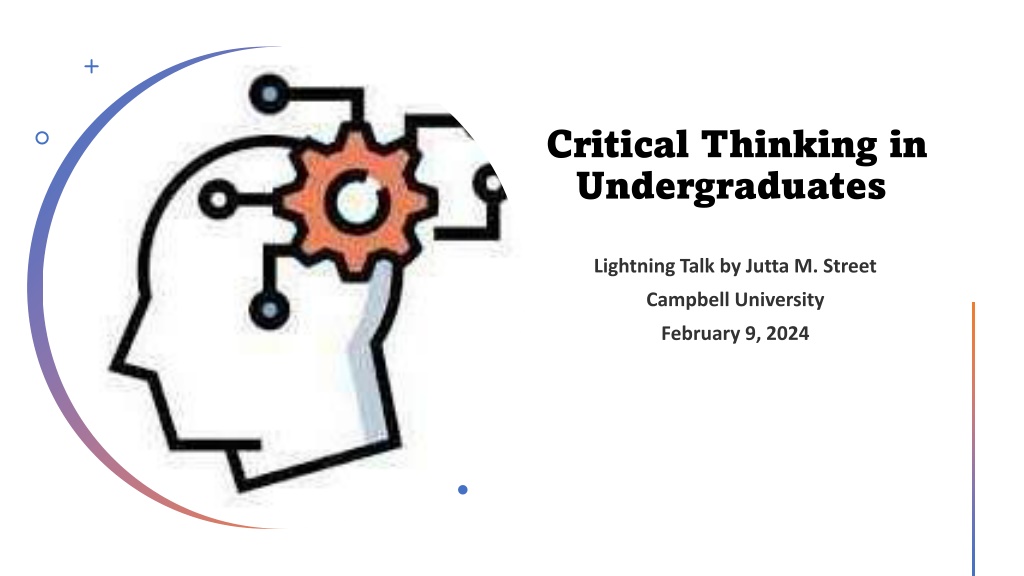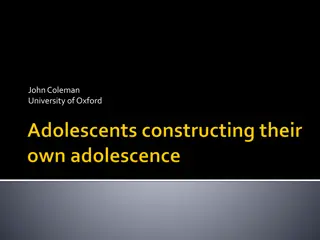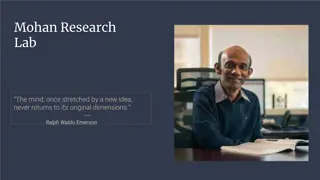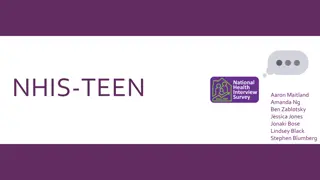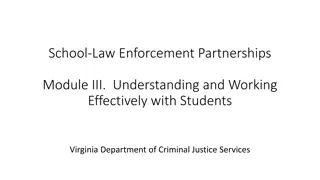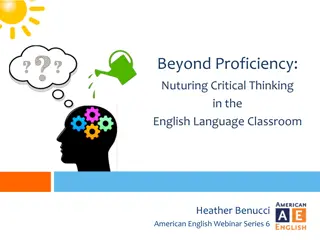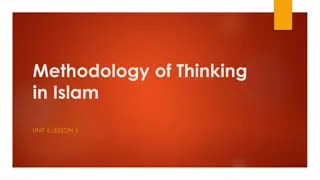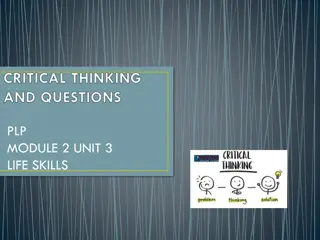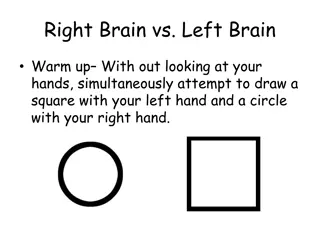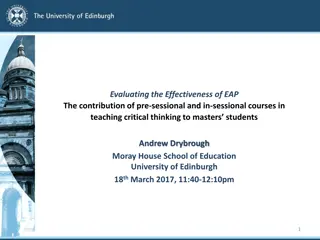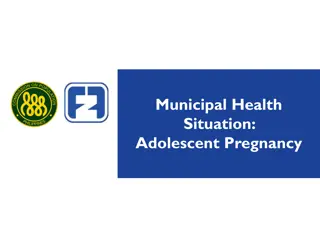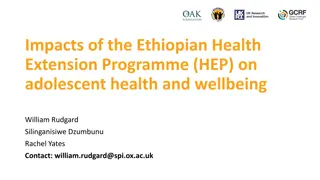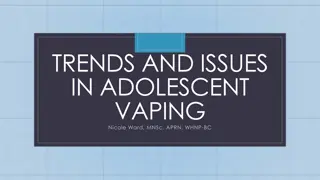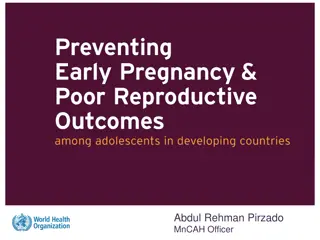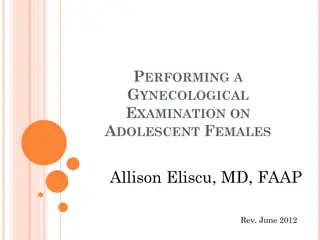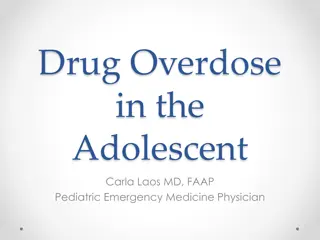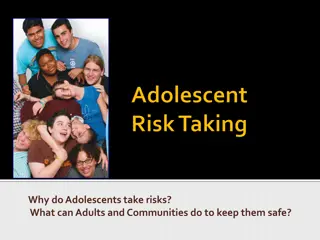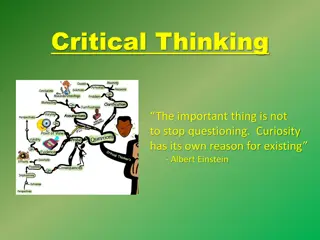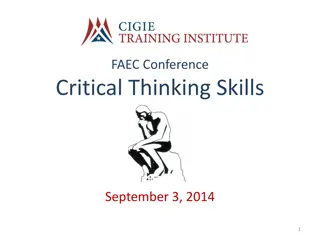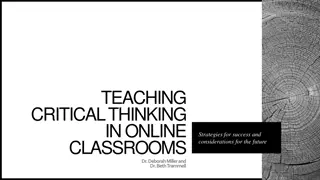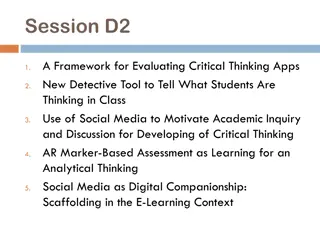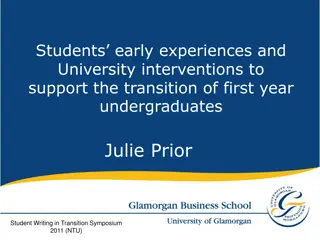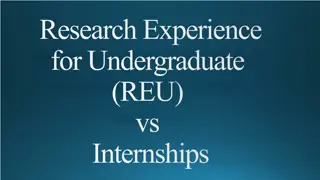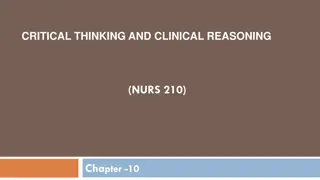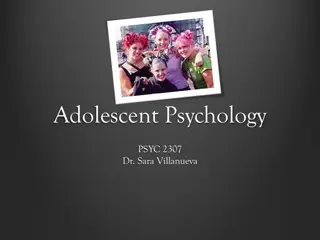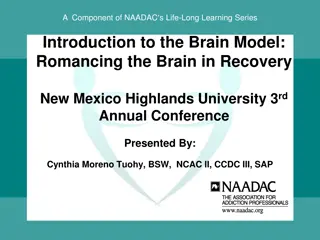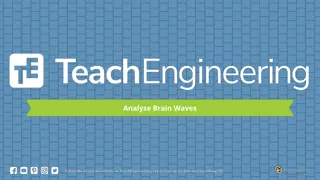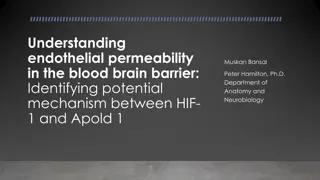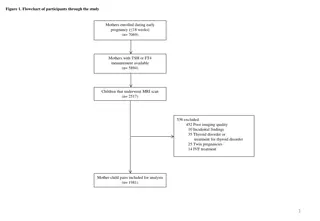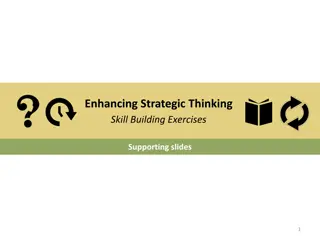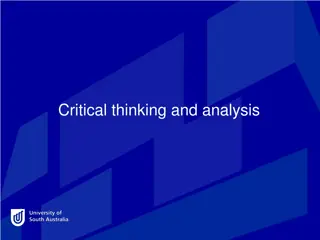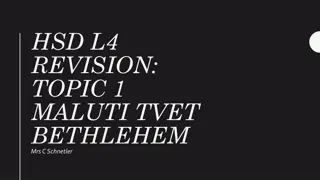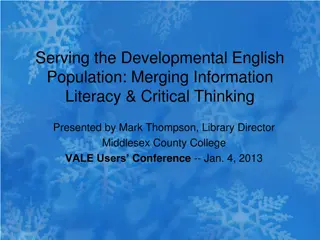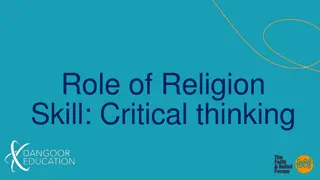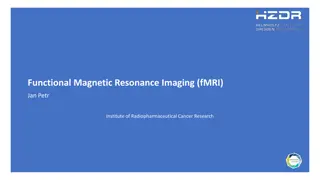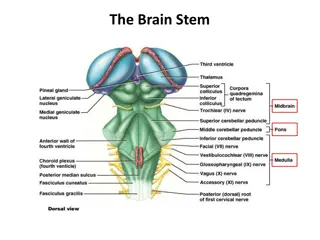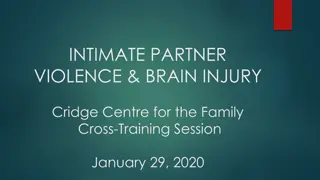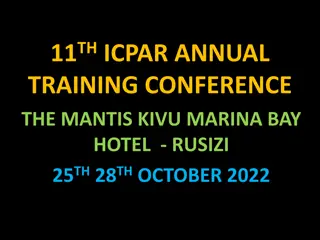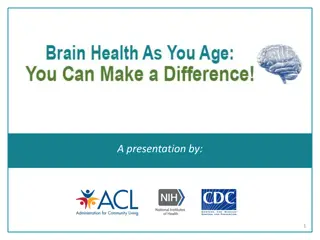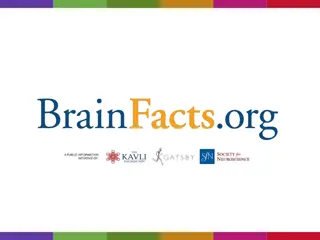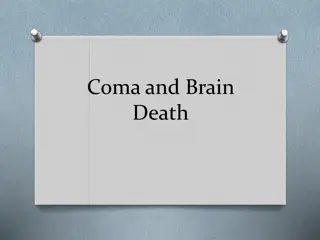Enhancing Critical Thinking in Undergraduates: A Study on Adolescent Brain Development
A mixed-method study involving thirty undergraduate students explored critical thinking skills in relation to adolescent brain development. Students engaged in a content unit on the adolescent brain and a TED Talk assignment, addressing legal issues affecting teenagers. Prompts included discussions on brain immaturity influencing risk-taking behaviors and the debate on trying teenagers as adults in the legal system.
Download Presentation

Please find below an Image/Link to download the presentation.
The content on the website is provided AS IS for your information and personal use only. It may not be sold, licensed, or shared on other websites without obtaining consent from the author. Download presentation by click this link. If you encounter any issues during the download, it is possible that the publisher has removed the file from their server.
E N D
Presentation Transcript
Critical Thinking in Undergraduates
rational/logical purposeful Critical Thinking goal directed involves metacognition
Background Background Observations Diane Halpern s Theory Critical thinking skills can be taught with exercises and applications Students critical thinking skills are generally weak Often still quite dualistic
Method This mixed-method study included the following steps: (1) Thirty undergraduate students enrolled in a Developmental Psychology course received a 50-minute content unit about the developmental characteristics of the adolescent brain (social brain and prefrontal cortex). (2) Students received a homework assignment that required them to watch TED Talk by Sarah-Jayne Blakemore (2018) https://www.youtube.com/watch?v=yQXhFa8dRCI and answer two prompts about legal issues that may affect adolescents.
TASK: Critical Critical Thinking: Thinking: Adolescent Adolescent Brain Unit Brain Unit - - lecture lecture - - reading reading - - video Based on class lecture, your reading, and the information from the video, answer the following two questions in a comprehensive essay. Begin each answer with your position on the issue and then discuss your reasons for your position and the evidence that backs up your reasons. video
Prompt I: Recent research findings about the teenage brain have found an interesting application in the legal system. Legislators and advocates are using the research to argue for changes in laws affecting teenagers. For instance, statistics have long shown that teenagers are much more prone to be involved in motor vehicle accidents. Pulling together the research on brain functioning with what we know about peer influence, some states have put limits on the number of passengers a teenage driver can have in a car. The reasoning? Due to brain Due to brain immaturity, teens may be less able immaturity, teens may be less able to deflect peer pressure to take to deflect peer pressure to take risks when driving risks when driving and the more peers are present in the car, the peers are present in the car, the greater the pressure. greater the pressure. Prompts Prompts Q1: Based on what you have learned from your textbook, the class lecture, and the video about teenage brain development, do you think the highlighted argument the highlighted argument is is valid valid? Explain why or why not not. do you think why or why and the more
Prompts Prompts Prompt II: Another area in which this research on the adolescent brain is being used is with regard to decisions whether teenagers charged with serious crimes should be tried as adults. Decisions vary from case to case, but when teenagers are charged as adults in these serious situations, advocates ask, Is this fair when teenagers Is this fair when teenagers still may have the minds of still may have the minds of children? children? Q2: Discuss whether or not you Discuss whether or not you think teenagers charged with think teenagers charged with serious crimes serious crimes (felonies) should be tried as adults. should be tried as adults. Explain why or why not why or why not. (felonies)
H1: There will be a significant difference between the scores for Prompt I and Prompt II. H2: The majority of response pairs will show inconsistant reasoning. Hypotheses
RESULTS Paired t-test: significant difference between the scores for Response 1 (M = 3.77, SD = .728) and Response 2 (M = 3.23, SD = .935)., with t(29) = 3.247, p = 0.003. Due to the small sample size, this analysis has only moderate power, with a mean difference of 0.51 and a 95% CI: .197 - .869. Only 9 of 30 students (30%) exhibited logically consistent reasoning across prompts.
CONCLUSIONS Adolescents demonstrate limited ability in critical/rational thinking. With the more remote (less concrete) prompt reasoning becomes emotional, rather than rational. Future research: apply Lev Vygotsky s theory of cognitive development: Prompt I: comfort zone Prompt II: zone of proximal development (scaffolding)
References References Cerbin, W. (2018). Improving student learning from lectures. Scholarship of Teaching and Learning in Psychology, 4(3), 151 163. https://doi.org/10.1037/stl0000113 Halpern, D. F. (2003). Thought & knowledge: An introduction to critical thinking (4th ed.). Lawrence Erlbaum Associates Publishers. Muehlenkamp, J. J., Weiss, N., & Hansen, M. (2015). Problem-based learning for introductory psychology: Preliminary supporting evidence. Scholarship of Teaching and Learning in Psychology, 1(2), 125 136. Acknowledgements: A heartfelt thank you to all of the students who participated in this research Thank you to Campbell University for a Faculty Development Grant for Spring 2023
